Rhinoplasty (Nose Surgery) in Birmingham, AL
A procedure to reshape the nose for better facial balance.
Schedule a ConsultationAs one of the most prominent facial features, the nose can have a tremendous effect on your facial harmony and functionality. Both men and women can improve the appearance of a disproportionate or poorly shaped nose with rhinoplasty, one of the most popular cosmetic procedures in the United States. Rhinoplasty involves reducing the size of the nose or correcting practical nasal concerns by reinforcing and sculpting the nasal tissues. Utilizing modern rhinoplasty techniques, Dr. Robert I. Oliver, Jr. and Dr. Jason M. Jack can help you achieve a beautiful, natural-looking result tailored to your unique facial anatomy.

Is Rhinoplasty Right For Me?
Displeasing Facial Proportions
You may be considering rhinoplasty if you feel your nose is too large or wide compared to your other facial features. This procedure can enhance your overall appearance by reducing the size of your nose or by correcting displeasing nasal contours. Patients who opt for rhinoplasty can improve their facial harmony and boost their self-confidence.
Nasal Defects or Trauma
Those who suffer from congenital deformities or defects that have resulted from injury can benefit from undergoing rhinoplasty. Rhinoplasty can help create an attractive nasal aesthetic and restore the nose to a more normalized state. The techniques used during your individualized procedure depend on your cosmetic goals and the severity of your condition.
Functional Concerns
While many patients who seek rhinoplasty wish to reshape their nose for cosmetic reasons, some necessitate nose surgery for functional purposes. Compromised nasal structures can cause breathing problems and even affect the pitch of a person’s voice. Rhinoplasty can alleviate the physical distress related to nasal obstruction and improve your quality of life in the process.
Your Rhinoplasty Journey

Consultation
During your initial consultation, one of our plastic surgery professionals will examine your facial anatomy and assess your expectations to determine the most appropriate surgical approach. Typically, patients wish to address the bridge of the nose, nasal tip, and width of the nostrils. However, those with breathing problems may require more internal alterations to the structure of the nose. The extent of correction necessary will influence which surgical technique will produce optimal results.

Technique
Open
- Allows for maximum visibility and control of surgical site
- An incision is carefully placed between the nostrils on the columella
- Can be used to correct a variety of nasal imperfections
Closed
- All incisions are internal, so there are no visible scars
- This technique tends to produce minimal swelling
- Ideal for minor nasal corrections

Procedure Details
- Rhinoplasty is an outpatient procedure performed at our surgical facility
- The procedure can last between one and three hours
- Local or general anesthesia may be used depending on the complexity of the operation
- The necessary incisions are placed according to the technique being used
- The cartilage and bone are reshaped, as needed
- Incisions are closed, and a splint may be applied for support during recovery
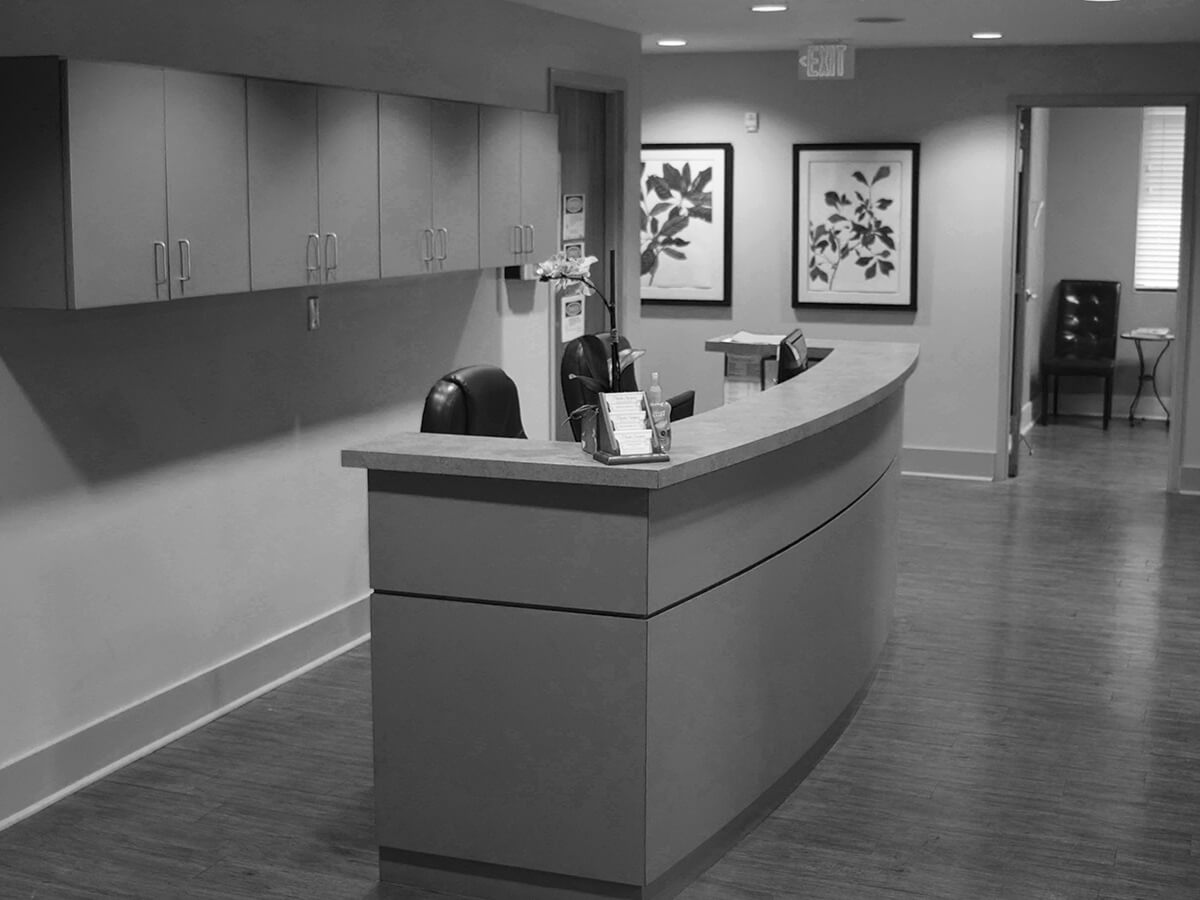
Have Questions About Rhinoplasty in Birmingham Alabama?
If you are interested in a rhinoplasty, contact our office in Birmingham, Alabama, to schedule your consultation.
Contact UsAddressing Your Concerns

What should I expect during my rhinoplasty recovery?
A splint, bandages, and gauze may be applied immediately following surgery to aid in the healing process and minimize movement of the nose. Your surgeon will decide when these can be removed, but it is usually within two weeks of the procedure. It is recommended to avoid strenuous activity for at least three weeks, but you may return to work in two weeks if it is not physically laborious. The majority of swelling should subside within two to three weeks, but residual swelling may linger for several months. Any discomfort may be managed using oral pain medication and cold compresses. You will be provided with detailed aftercare instructions that reflect the requirements of your specific procedure during your consultation.

Will I have scars after rhinoplasty?
Fortunately, scars are not a significant concern after rhinoplasty. Patients who undergo closed rhinoplasty have no external incisions; therefore, there will be no visible scars. Patients who undergo open rhinoplasty will have a small scar across the columella (the cartilage and skin between the nostrils) but this would only be visible if someone was looking up at your nose. This scar will fade over time.

How much is rhinoplasty in Birmingham, AL?
The cost of your rhinoplasty (nose surgery) will vary depending on the extent of your treatment, whether you are undergoing open or closed rhinoplasty, and any combination of plastic surgery treatments. Additional cost factors include geographical location, anesthesia fees, facility fees, surgeon’s fees, pre-operative tests, and post-operative appointments.
You will be given an accurate cost estimate that is personalized to your nose surgery after your consultation with Dr. Oliver or Dr. Jack.

Is rhinoplasty painful?
Rhinoplasty is performed under local or general anesthesia to prevent any pain or discomfort during the procedure itself. Most patients tend to experience some pain within a few hours of their surgery due to the bruising and swelling. Patients also describe discomfort due to the nasal packing required initially after your surgery.
Over-the-counter or prescribed pain medication can be taken to alleviate this discomfort which should gradually reduce.
-
What should I expect during my rhinoplasty recovery?
A splint, bandages, and gauze may be applied immediately following surgery to aid in the healing process and minimize movement of the nose. Your surgeon will decide when these can be removed, but it is usually within two weeks of the procedure. It is recommended to avoid strenuous activity for at least three weeks, but you may return to work in two weeks if it is not physically laborious. The majority of swelling should subside within two to three weeks, but residual swelling may linger for several months. Any discomfort may be managed using oral pain medication and cold compresses. You will be provided with detailed aftercare instructions that reflect the requirements of your specific procedure during your consultation.
-
Will I have scars after rhinoplasty?
Fortunately, scars are not a significant concern after rhinoplasty. Patients who undergo closed rhinoplasty have no external incisions; therefore, there will be no visible scars. Patients who undergo open rhinoplasty will have a small scar across the columella (the cartilage and skin between the nostrils) but this would only be visible if someone was looking up at your nose. This scar will fade over time.
-
How much is rhinoplasty in Birmingham, AL?
The cost of your rhinoplasty (nose surgery) will vary depending on the extent of your treatment, whether you are undergoing open or closed rhinoplasty, and any combination of plastic surgery treatments. Additional cost factors include geographical location, anesthesia fees, facility fees, surgeon’s fees, pre-operative tests, and post-operative appointments.
You will be given an accurate cost estimate that is personalized to your nose surgery after your consultation with Dr. Oliver or Dr. Jack.
-
Is rhinoplasty painful?
Rhinoplasty is performed under local or general anesthesia to prevent any pain or discomfort during the procedure itself. Most patients tend to experience some pain within a few hours of their surgery due to the bruising and swelling. Patients also describe discomfort due to the nasal packing required initially after your surgery.
Over-the-counter or prescribed pain medication can be taken to alleviate this discomfort which should gradually reduce.
Before & After
View Photo Gallery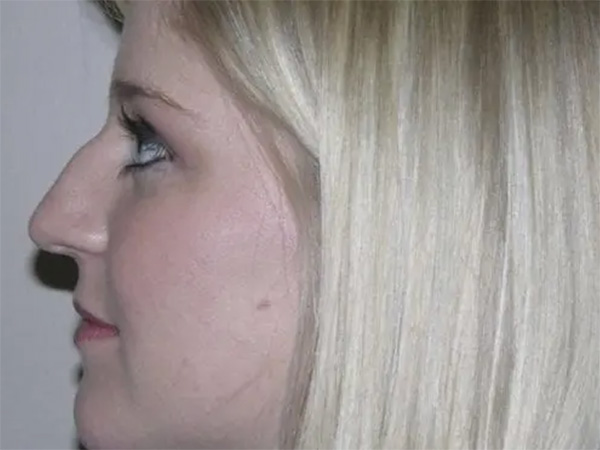
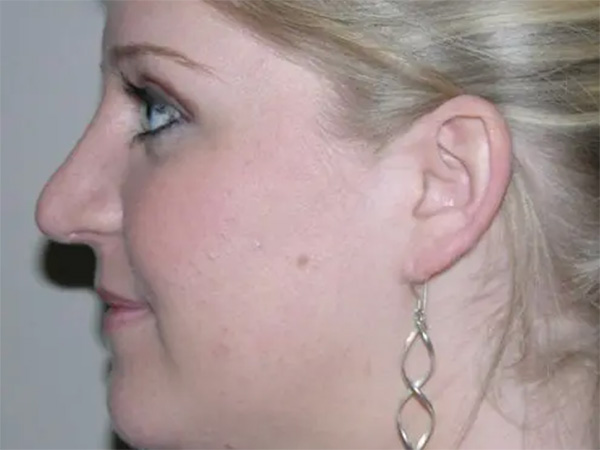
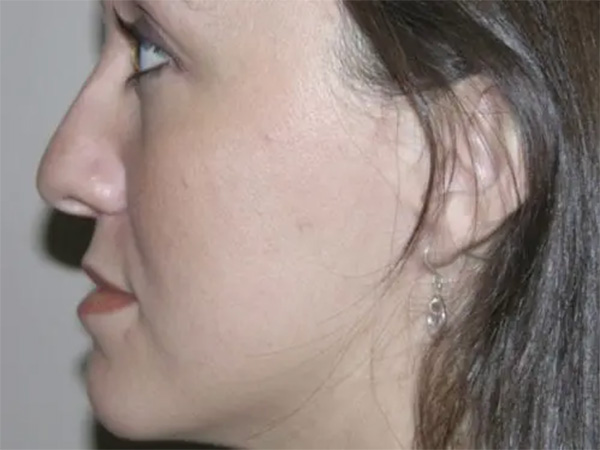
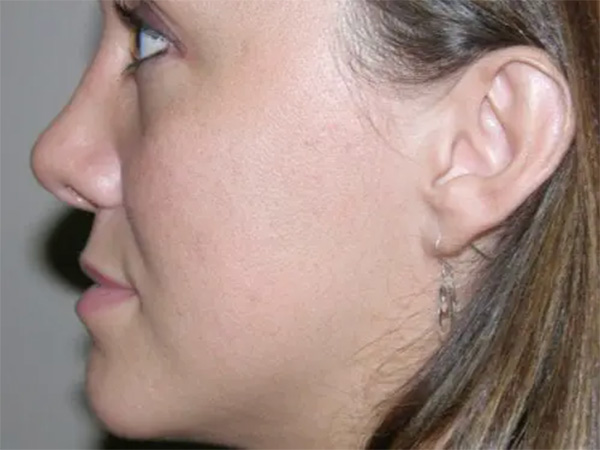
Frequently Asked Questions
Am I a candidate for rhinoplasty?
Candidates for nose surgery are adult men and women who wish to correct aesthetic and functional nasal concerns. Patients should have realistic expectations and should be both physically and emotionally healthy. Candidates should not smoke or be willing to quit before and after their surgery.
How should I prepare for rhinoplasty?
You will be given instructions on how to prepare for your nose surgery during your consultation. Patients should review all current medications with Drs. Oliver and Jack to see if there is any need to stop or change your medications. Patients should avoid aspirin, ibuprofen, NSAIDs, and some herbal supplements for up to two weeks before the surgery because they can increase bleeding.
Is there an age requirement for rhinoplasty?
Rhinoplasty can be performed as soon as the nose is fully grown. This tends to happen around the age of 15 to 16 for girls and 16 to 17 for boys. There is no maximum age for rhinoplasty.
Do I need to quit smoking before my rhinoplasty procedure?
Patients must refrain from smoking and all types of tobacco use for several weeks before and after any surgery. Tobacco can impair the healing process, which may lead to infection, scarring, or unsatisfying results.
Will my insurance cover the cost of rhinoplasty?
If you are undergoing rhinoplasty to correct a breathing problem or nose deformity, it may be covered under your health insurance policy. Contact your insurance carrier for more information about coverage.
How long will my results last?
Rhinoplasty results are considered permanent as long as you follow all of the recommended aftercare instructions and do not experience significant trauma to the nose. Some patients may decide to undergo another rhinoplasty procedure after their initial surgery to achieve a different result, but this is usually not done out of necessity.
Should I combine my nose surgery with another facial surgery?
While many men and women undergo rhinoplasty as a standalone procedure to address longstanding or new concerns with the nasal structure, others choose to combine their nose surgery with other facial rejuvenation procedures such as facelift and neck lift surgery, eyelid surgery, and ear surgery (otoplasty). Combining plastic surgeries can create better facial harmony and has additional benefits, such as shorter recovery periods and reduced costs (in comparison to undergoing these at separate times).
Not all facial procedures can be performed at one time. This will depend on the length and extent of the procedure.
